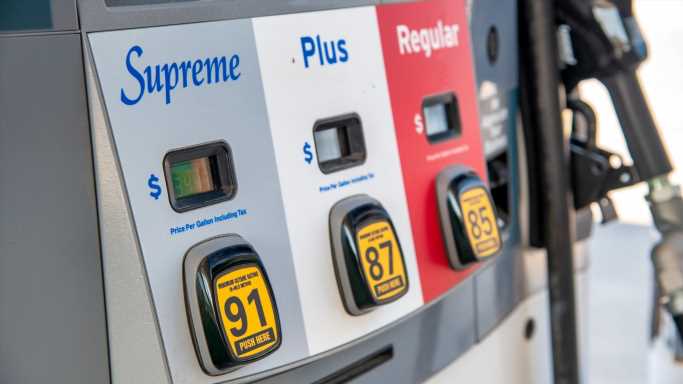When the Bureau of Labor Statistics reports August consumer price index (CPI) data Wednesday morning, the results are expected to show that inflation hawks and inflation doves both got it right. Headline inflation is expected to rise by 0.6% month over month, while core inflation, which excludes food and energy, is expected to increase by just 0.2% month over month.
Policymakers (read: the Fed) are expected to focus on core CPI, and the rest of us are likely to focus on the composite reading. After all, we all eat, and most of us buy auto fuel, and if the price of those items rises, we feel it immediately. Combined with news coverage that accentuates bad news (“if it bleeds, it leads”), a lot of Americans believe that the country’s economy is in worse shape than it actually is. New York Times opinion columnist and Nobel Prize-winning economist Paul Krugman wrote about that disconnect last week.
According to the U.S. Department of Agriculture, food-at-home prices (purchases from grocery stores and supermarkets) were up 3.6% year over year in July. The agency expects food-at-home prices to rise by 5.2% for all of 2023 and all food prices (including restaurant purchases) to rise by 5.9% for the year. Next year, the USDA expects all food prices to increase by 2.8%, a much lower growth rate, but still rising not falling.
The average price of a gallon of gasoline is almost $0.20 higher now than it was last year at this time. But the price dropped steadily to a 12-month low of around $3.05 in December. Since then, prices have increased by about $0.80 a gallon. In most western states, the price has risen to more than $4.00 a gallon, and in Washington and California, a gallon of regular gasoline now costs more than $5.00 a gallon.
And the short-term outlook for gasoline prices is not encouraging. The International Energy Agency expects the crude oil production cuts by Russia and Saudi Arabia to lead to a shortfall of about 1.1 million barrels a day in the fourth quarter of this year. The IEA sees prices falling in 2024, but the lack of an inventory cushion is likely to generate significant volatility in the crude market.
Oil demand is forecast to rise by 2.2 million barrels a day this year to a daily total of 101.8 million barrels. Demand growth in 2024 is expected to rise by 1 million barrels a day to a total of 102.8 million barrels a day.
Oil supply is expected to rise by 1.5 million barrels a day in 2023, thanks in large part to high production levels in the United States and Brazil. Total crude supply this year is forecast at 101.6 million barrels a day, some 200,000 barrels a day short of demand. The IEA forecasts that supply will rise by 1.7 million barrels a day in 2024 to 103.3 million barrels, 500,000 barrels above demand.
When the American Petroleum Institute released its weekly petroleum inventory report late Tuesday, it reported a rise of nearly 1.2 million barrels in the U.S. crude oil stockpile. Analysts had expected a decline of 2.0 million barrels after the API reported a draw of more than 5.5 million barrels in the prior week. The U.S. Energy Information Administration is expected to report a 1.9 million barrel drop in U.S. crude inventories when it releases its weekly data Wednesday morning.
Softbank Group is expected to price its IPO of chipmaker Arm on Wednesday. The smart money is betting that the price will be at the high end of the proposed $47 to $51 per share range. At that price, the company’s valuation will be around $52.5 billion. The American depositary shares will begin trading Thursday morning on the Nasdaq under the ticker symbol ARM.
Sponsored: Tips for Investing
A financial advisor can help you understand the advantages and disadvantages of investment properties. Finding a qualified financial advisor doesn’t have to be hard. SmartAsset’s free tool matches you with up to three financial advisors who serve your area, and you can interview your advisor matches at no cost to decide which one is right for you. If you’re ready to find an advisor who can help you achieve your financial goals, get started now.
Investing in real estate can diversify your portfolio. But expanding your horizons may add additional costs. If you’re an investor looking to minimize expenses, consider checking out online brokerages. They often offer low investment fees, helping you maximize your profit.
Source: Read Full Article
